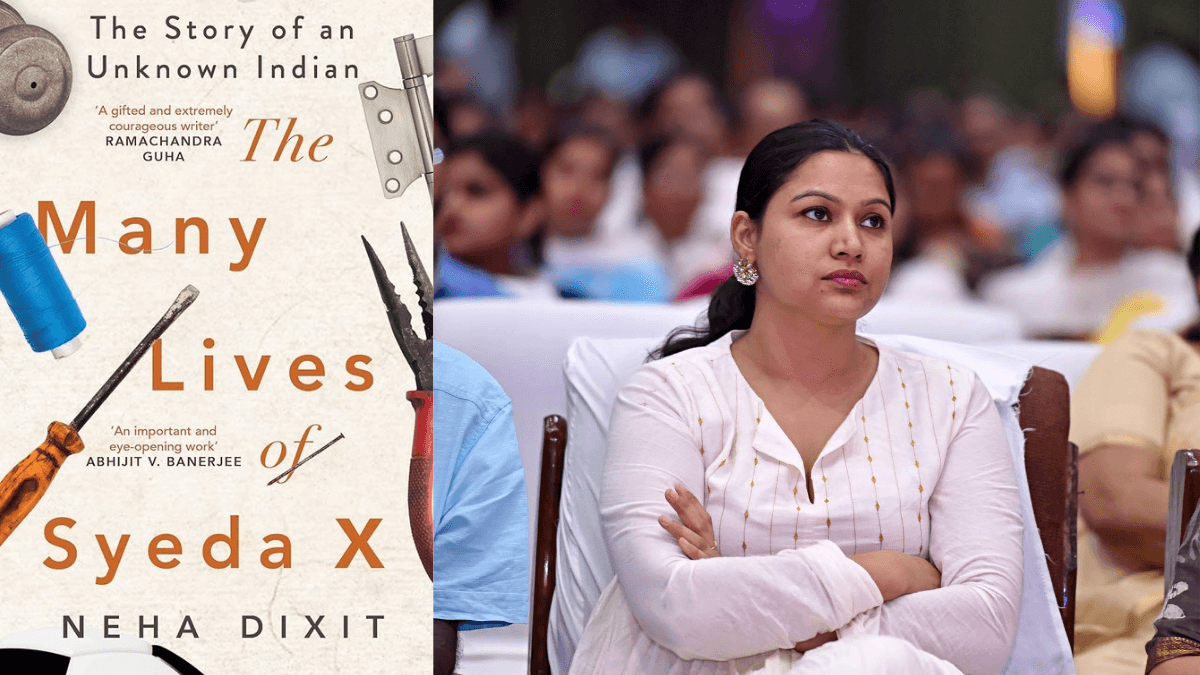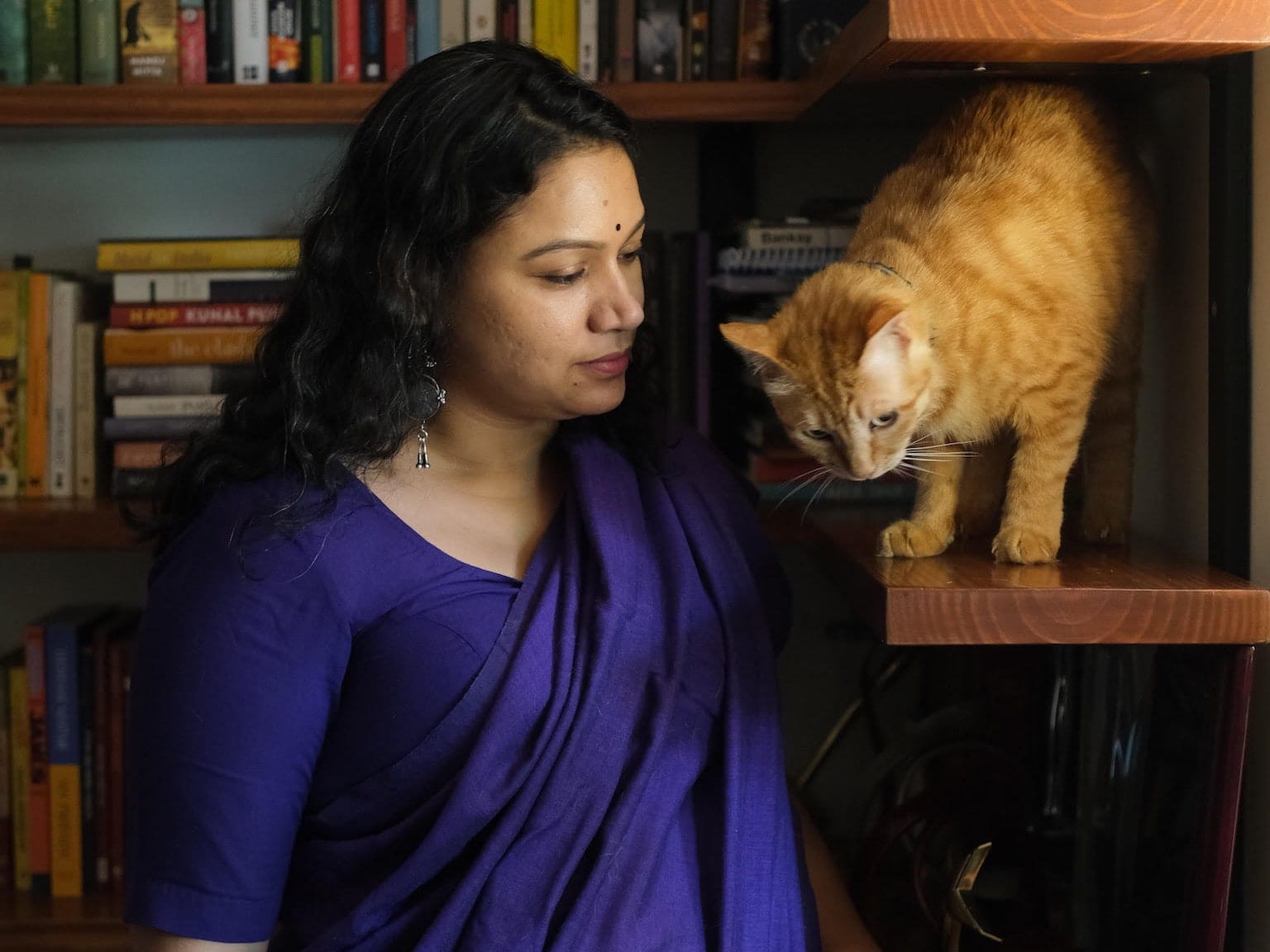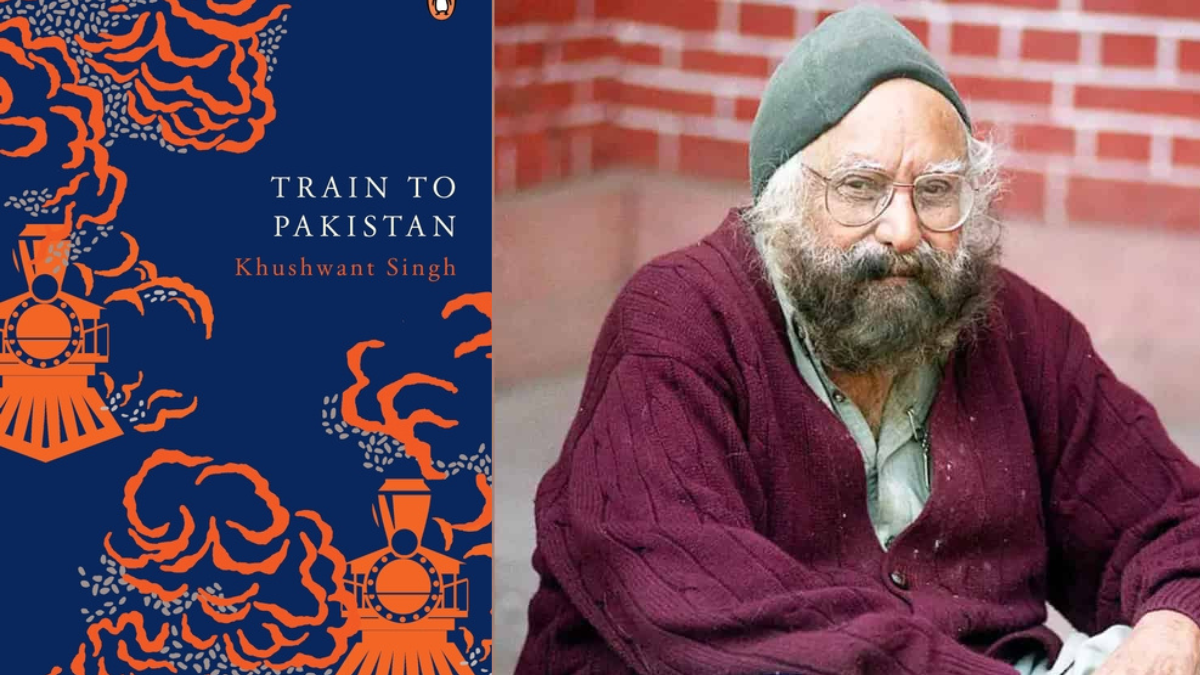In the author’s note of the book The Story of an Unknown Indian: The Many Lives of Syeda X, Neha Dixit writes – ‘I am not a historian, economist or political scientist. I have used no disciplinary boundaries. As a reporter, the only training I have is to dig out information, corroborate it, analyse it, find the story and tell it. That is what I have done here‘. However, she writes this book with the precision of a historian, mind of an economist and the commentary of a political scientist.
Neha Dixit tells the story of Syeda, a Muslim woman, who was born into a weaving family in Banaras, who had to migrate to Sabhapur due to communal violence and then relocate to Karawal Nagar for better income opportunities.
Establishing a new and engaging writing style in nonfiction is a huge challenge. The submerging of data with the analysis and the overpowering tangents would often throw the readers out of the path. However, this book clears those doubts of establishing a flow right from the beginning. Neha Dixit tells the story of Syeda, a Muslim woman, who was born into a weaving family in Banaras, who had to migrate to Sabhapur due to communal violence and then relocate to Karawal Nagar for better income opportunities.
When the book finishes, Syeda has done roughly 50 different jobs, become part of one of the biggest workers’ strikes in the country, witnessed two communal riots, built a family and lost her loved ones. This account is not just of Syeda’s – as the use of “X” in the title signifies, the book stands as a testament to millions of women who are engaged in the exploitative and underpaid home-based work sector in the cities, who were often uprooted and replanted.
Syeda and the women around her
One of the many signs of brilliance of this book is its effectiveness in capturing a multiplicity of female characters other than Syeda—Raziya who becomes Syeda’s guiding light in Sabhapur, Radiowali who has lived for her family throughout her life, Babli who has left her family to live with a man of another religion and Reshma, who has been been forced to grow old as a child yet choosing a life on her own in the end.
But while reading there is a question that the reader often confronts – why did the author choose to speak about Syeda and not the other women that have been mentioned above who have impeccable stories of their own? Syeda, I believe has a bit of of all of them in herself. She was a child who had spent her entire childhood for her family yet was abandoned by them, she was the wife who earned while her husband mostly stayed home, she was the mother who was almost absent but was struck with every obstacle that came her children’s way.
She is the thread that joins every single narrative and builds it into a story of a community – a community that was left to take the crumbs of the decisions that were made for them and not by them.
Even though there are multiple characters with stories of their own, the flow never misses a beat. It becomes a well-structured literary piece as the author starts from Syeda, builds the story through the characters around her, retains their arcs and brings it back to the titular character. Therefore, it is a well-researched, structured and put-out piece which forces the readers to confront the real world the author has pictured. This real world is built of solidarity among these women who come from the same oppression.
It becomes a well-structured literary piece as the author starts from Syeda, builds the story through the characters around her, retains their arcs and brings it back to the titular character.
Be it Raziya or Radiowali, who came as migrants but were ready to help other new women who came to Delhi by providing them a space, or Lalita or Syeda who came from different religions but both were part of the Almond Workers’ strike demanding better living conditions, they were all part of an organic world build on collective oppression and the resultant belonginess.
This is also reflected in the relationship of Syeda and her daughter Reshma, poles apart but cut from the same cloth. This riveting mother-daughter relationship is also one of the significant parts of this book – Syeda’s growth from a teenager to a mother and Reshma’s growth from a child to a woman runs parallel with chaos – both restricting each other but being each other’s only companion at the end of the day.
Syeda is also the representative of a very wronged and interesting generation – a generation that was born into a developing democracy, who had to bear multiple communal riots and live by bearing witness to a majoritarian regime that has completely ousted them. This timeline is significant to India’s biography as a nation – its gradual but promising growth, the shocking and betraying downfall and the hardening of its failure.
The novelty in non-fiction: writing and the use of memory
The themes that are discussed in the book – gender, labour, caste and religion are not new to the realm of nonfiction writing. There have been multiple primary and secondary accounts that have treated them. But what stands out is the way it has been told to the readers – a perfect manifestation of ethnographic storytelling. The accounts of groups of people, a family or a neighbourhood have been often fictionalised to convey the idea – for example, Uroob’s Sundarikalum Sundaranmaarum, which talks about a family spread across generations in the backdrop of Malabar in 1910-20s. Or, there are biographical accounts like that of Sujatha Gidla’s Ants Among Elephants. This book here brings both of them together, narrating a cultural history of oppression, resistance and living through the use of memory.
Dixit’s camouflaging of the significant sociopolitical developments in India with that of the progress of the events in the book is exceptional. In biographical writings, it explains how individuals live and respond to the system that governs them. Sometimes, it shows how these developments impacted the lives of the characters. An effective example of this falls in the last chapter which talks about the question of identity and citizenship during the coming of Bangladeshi refugees to India following the formation of Bangladesh in 1971 and how this leads to a Bengali character named Ghazali being called “Ghuzpaithiya Ghazali”, a name shortened as GG, which stuck with him forever.
In some other instances when the author presented an account which was different from these developments, it showed how detached the lives the these characters were from the developments.
Memory serves as an important and sometimes the only source of history writing of the marginalised. When the history of the oppressed groups is often detached from ‘mainstream’ history writing for its absence of doubt-proof evidence, Dixit’s writing of telling Syeda’s story through her memory and the people associated with her stands as a resistance. Going one step ahead, the book also challenges the question of whose story should be told or who is worthy of writing books about.
The author’s voice and the reader’s mind
This diverse account demands that the readers go from one character to another, and fidget from one discussion to another. Sometimes you see the characters through your eyes, sometimes you see them through the eyes of some other characters. However, this transition is so smooth, revealing a minimal but well-planned effort from the author to channel the narrative through a certain direction. The author’s voice is limited, rather she speaks through her research.
Her writing is transparent to break the wall between the reader and the characters – how do you build a thread between all of them, how do you connect the events, how do you say your commentary but not making yourself too visible in this picture – that is what Neha Dixit does through Syeda’s story.
About the author(s)
Hajara Najeeb is an Independent Researcher working on issues of Minority Rights and Affairs, Gender, and Politics.








